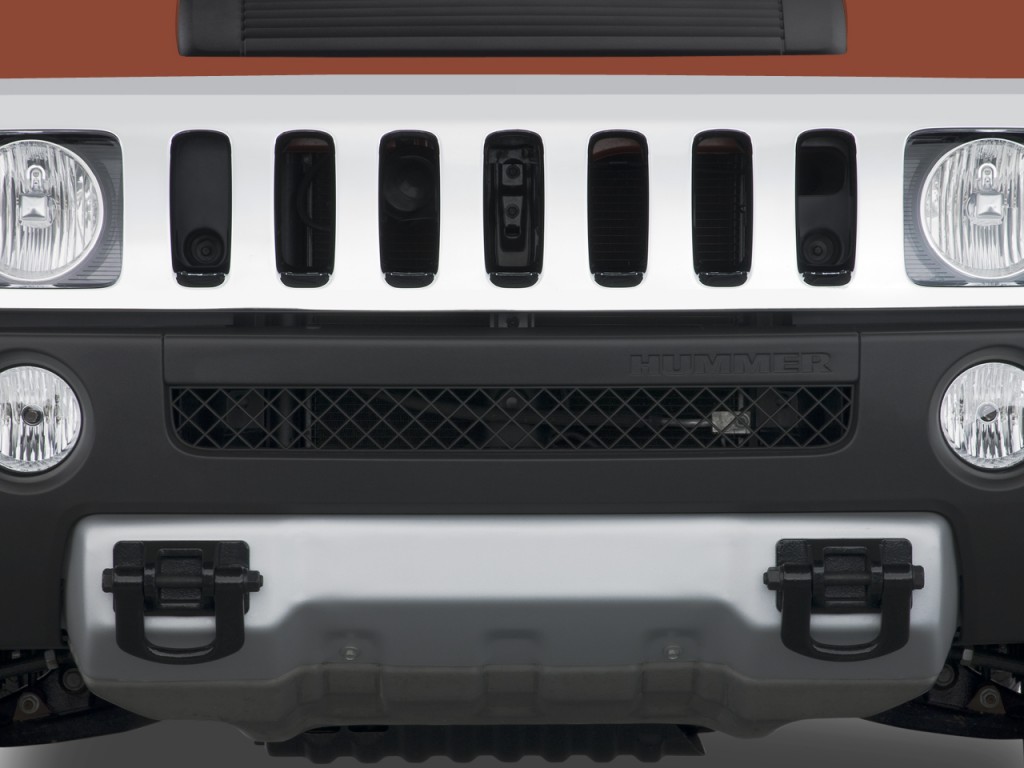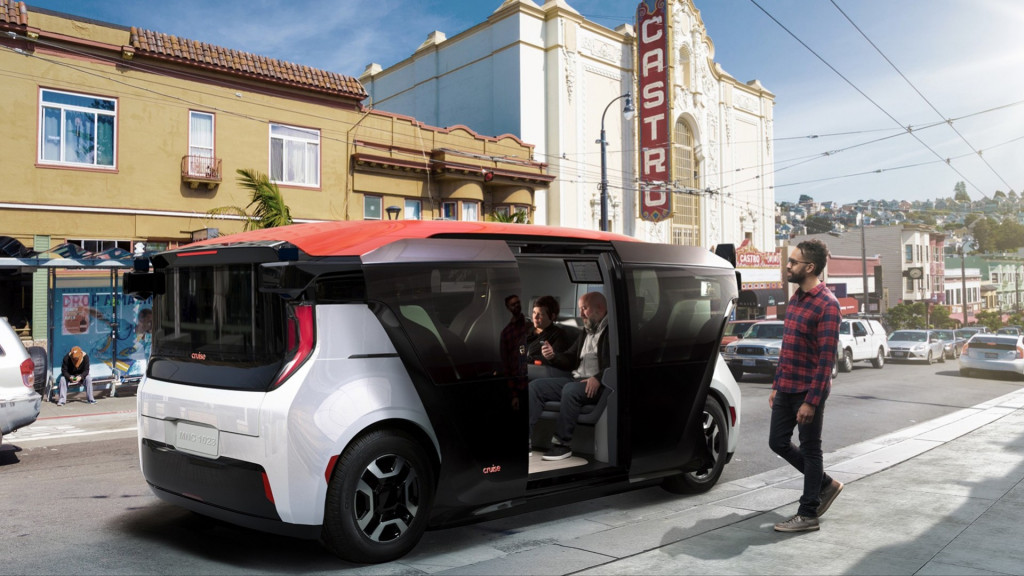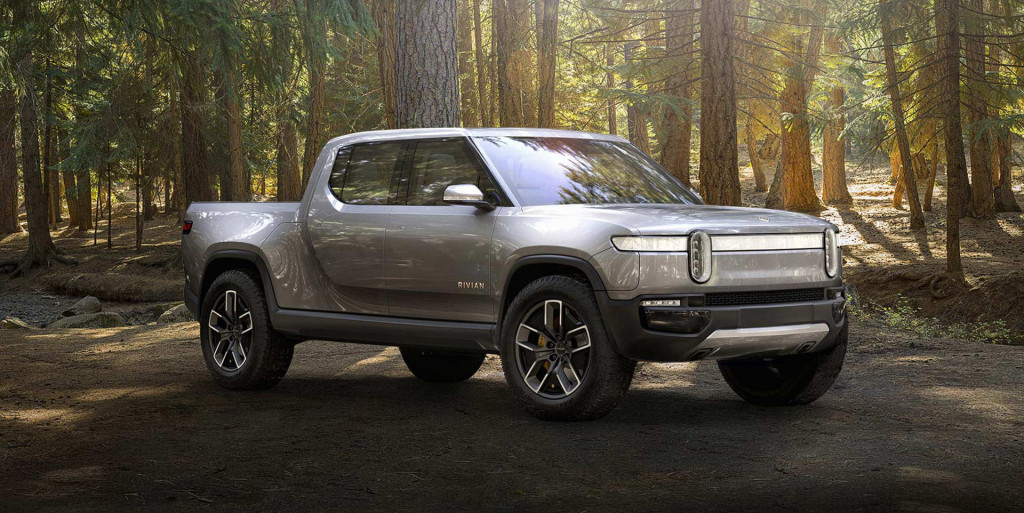Quick! List all the car factories in the U.S. that produce only electric vehicles.
It’s a trick question, really, because today, there’s only one. That’s the Tesla assembly plant in Fremont, California, where the company’s three EV models are all built.
On Monday, GM announced the U.S. will get another all-EV plant. The company will spend $2.2 billion to convert its existing Detroit-Hamtramck plant to build only battery-electric vehicles. GM said that full employment at the plant is projected at 2,200 jobs—up from just 900 at the plant today.
The announcement was previewed last week by The Detroit News, a local newspaper known for its industry coverage.
Electric vehicles are a fitting reuse for a plant whose future had been in doubt: Two generations of Chevrolet Volt plug-in hybrid hatchback were built at “D-Ham” from 2010 through early 2019, as was the pricey, unsuccessful Cadillac ELR plug-in hybrid luxury coupe from 2014 through 2016. GM killed off the Chevy Volt roughly a year ago, concluding that its future lay in fully electric vehicles without a range-extending combustion engine.
Today, the Hamtramck plant is about to end production of two aging large sedans, the Chevrolet Impala and Cadillac CT6. That’ll happen by the end of February. Then the plant will shut down for “several months” for comprehensive retooling for a new generation of battery-electric vehicles.

2008 HUMMER H3 4WD 4-door SUV Alpha Grille
Electric pickup, autonomous shuttle
What will those vehicles be? GM said Hamtramck will ultimately produce a “variety of all-electric trucks and SUVs.” While the company didn’t specify underlying platforms, the plant is being retooled for multiple vehicles built on GM’s “BEV3” electric-vehicle architecture.
(BEV1 was the Chevrolet Spark EV, and BEV2 is the Chevy Bolt EV—meaning the GM EV1 would have been BEV0. Got that?)
Specifically, GM said one of the new EVs built in the plant will be an "electric pickup truck" scheduled to launch late in 2021. It added that the recently announced Cruise Origin self-driving shuttle vehicle will be built in Hamtramck “soon after” the EV pickup truck’s debut.
The electric pickup may be a GMC Hummer, turning the well-known but polarizing brand derived from military trucks into a model line under GM's luxury-truck label GMC. Little else is known about the truck—and the rumored revival of Hummer could be wrong—but watch for little bits of information to dribble out at regular intervals over the next 18 months.

Cruise Origin driverless vehicle
An EV you can’t buy
The Cruise Origin, unveiled last week in San Francisco, is the first dedicated vehicle GM has built intended for use by autonomous ride-sharing services. The company’s Cruise Automation unit spent two years prototyping such a service using converted Chevrolet Bolt EV hatchbacks fitted with a raft of additional sensors and processing equipment. Unlike those “Cruise AV” versions of the Bolt, however, the Origin has no equivalent with a steering wheel.
When the Origin was revealed in mid-January, Cruise CEO Dan Ammann said that it offered “a pretty high level of sharing” with GM’s next-generation BEV3 electric vehicles—and was built on the same fundamental platform.
Still, you won’t be able to park a Cruise Origin in your driveway. It’s a vehicle intended solely for fleet operations, and expected to log multiples of the annual mileage that personally owned vehicles do. The Cruise Origin, said Ammann, isn’t “a product you buy; it’s an experience you share.”

Rivian R1T
Second or third?
GM’s announcement couches Hamtramck as the company’s first all-EV plant. It certainly doesn’t mention Tesla, and it also ignores another company whose own plant dedicated to electric vehicles will open around the same time as GM’s.
That would be Rivian, the quiet startup that spent nine years in stealth mode before debuting its full-size R1T electric pickup truck and R1S electric SUV in fall 2018.
Rivian will soon announce how much the R1T and R1S will cost and claims that tens of thousands of people have put down deposits of $1,000 to get in line for its electric trucks, which are expected to be produced in the second half of next year. They will be built at the Normal, Illinois, assembly plant the electric-truck maker bought from Mitsubishi several years ago.
Filling the news void
With Tesla presently having a market capitalization worth more than U.S. makers General Motors and Ford combined, existing (and profitable) automakers face both investor skepticism and the expectation they will ramp up their electric-vehicle portfolios.

First 2011 Chevrolet Volt built on production tooling at Detroit Hamtramck plant, March 31, 2010
Monday’s Hamtramck announcement is aimed more at investors, business analysts, and a local audience than it is the electric-vehicle community. That’s because designing, testing, and launching vehicles takes time.
A decade ago, under then-product czar Bob Lutz, GM offered reporters an unprecedented level of transparency into the development process of the first Chevrolet Volt plug-in hybrid. But those days are long gone, and the company has returned to the typical secrecy about future products that characterizes most major automakers.
So with GM unwilling to provide significant details about future EVs—still more than 18 months away—it will fill the void with news about those vehicles' future factory. That’s exactly what it did.
GM provided airfare, lodging, and meals to enable Internet Brands Automotive to bring you this first-person report.
